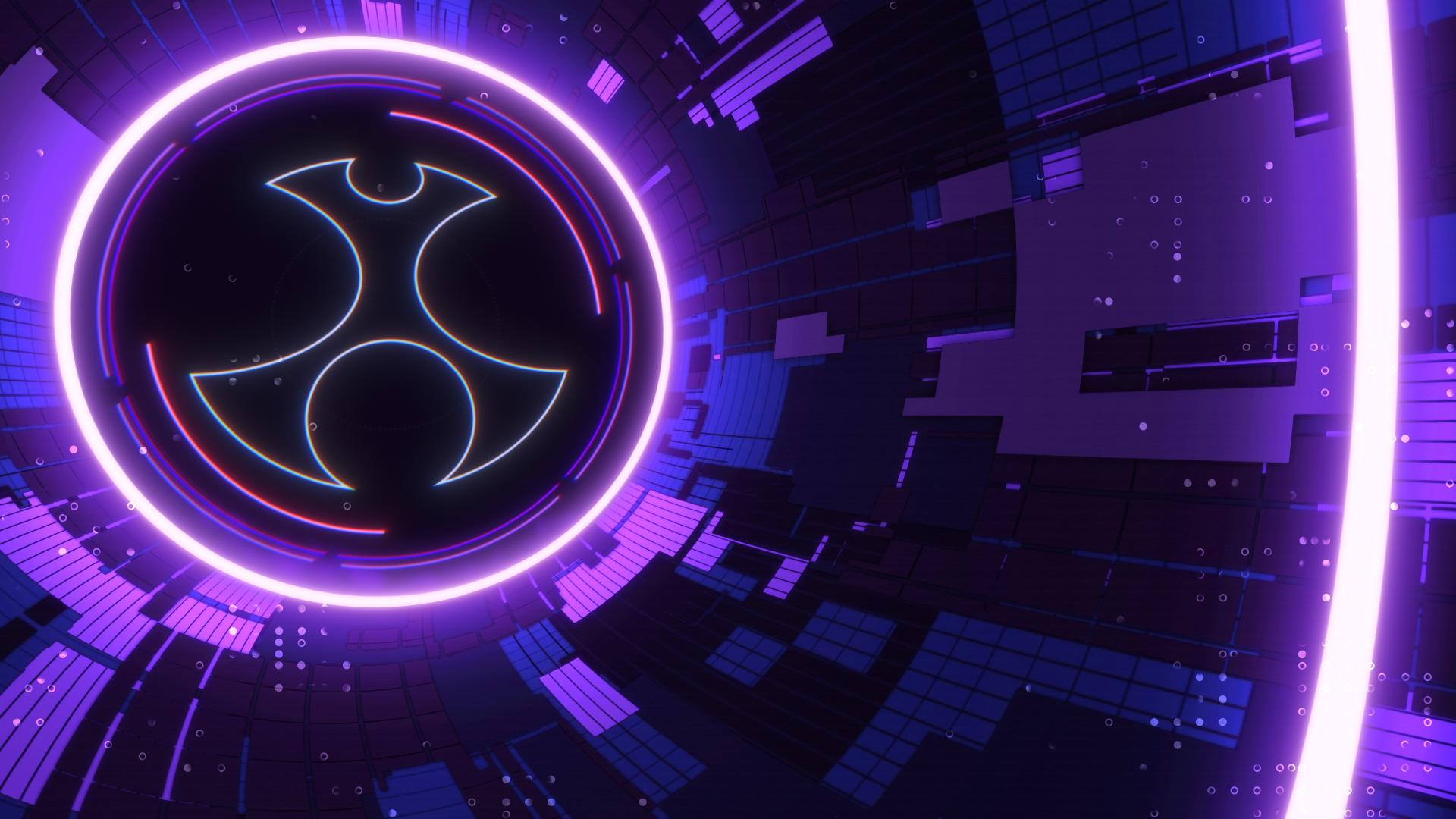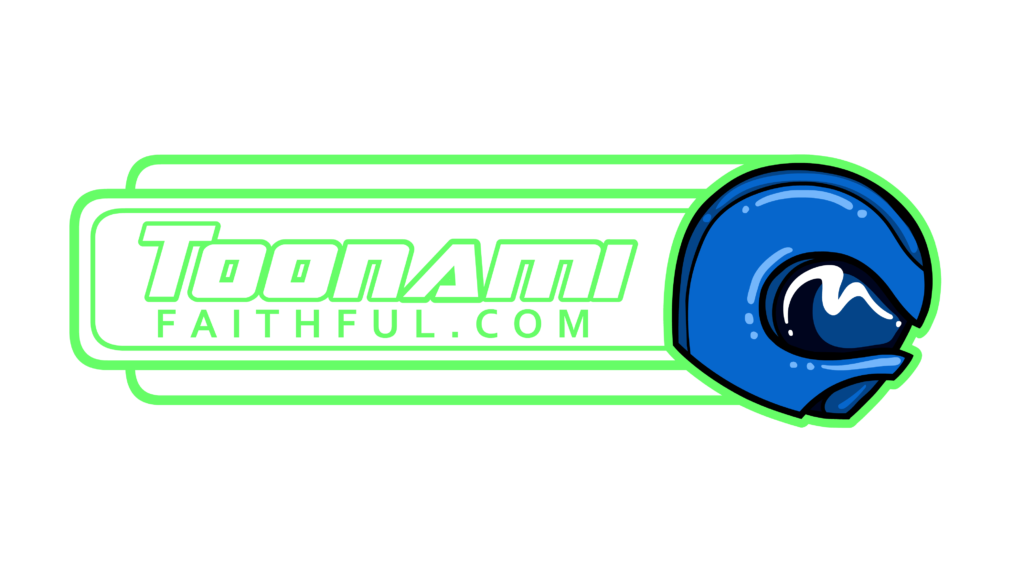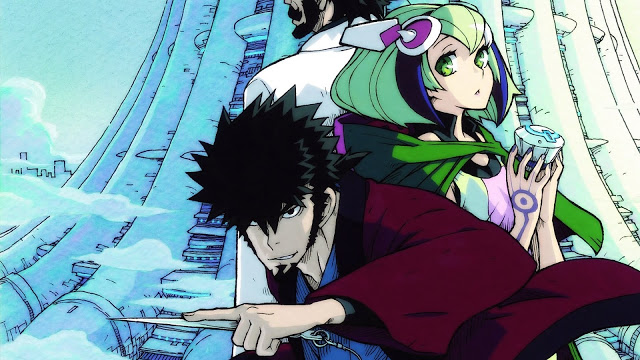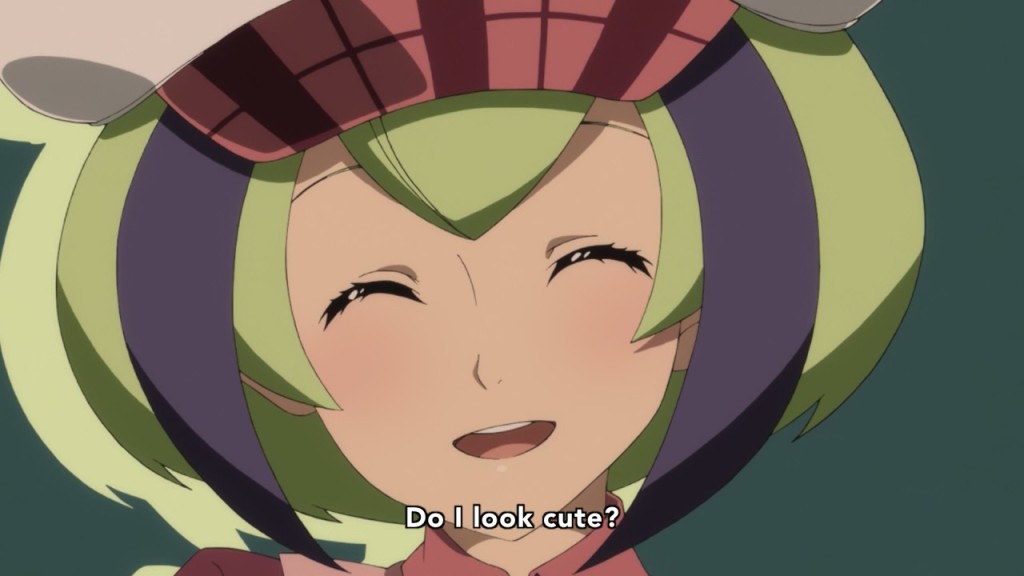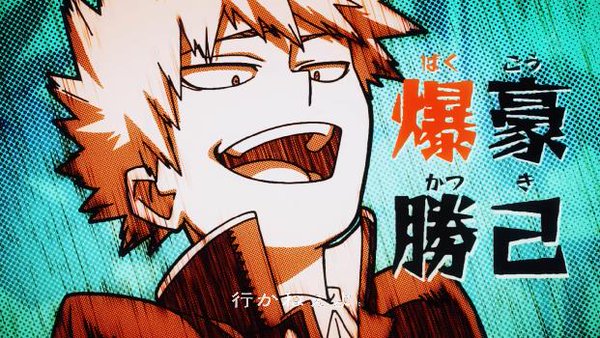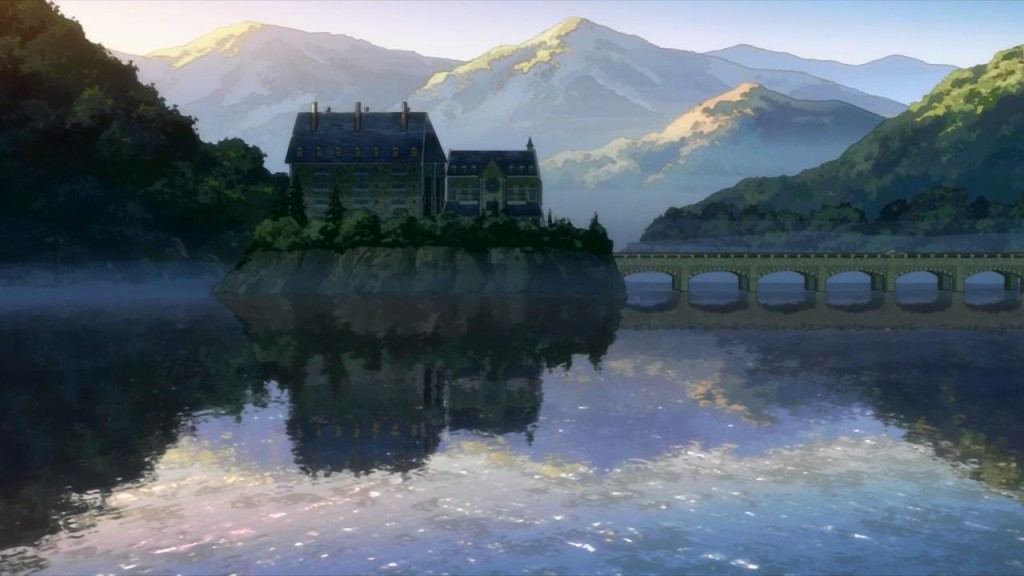Another series has finished its first run on Toonami, and I remain conflicted on how I should feel about Dimension W. It was a pretty big deal when it came to the block, considering it was a broadcast dub and had FUNimation as part of the production committee. Huge success in this project could lead to more positive changes in the anime world and possibly Toonami. So how did Dimension W stack up when looking at all 12 episodes of the series? The answer is a lot harder to pin down than I was expecting.
I remember how excited fans and others at Toonami Faithful were when it was first announced that Dimension W was coming to the block. The potential of broadcast dubs on Toonami gave the block a breath of fresh air that would allow newer titles to reach a wider audience quicker than normal. Those who subscribe to FUNimation’s streaming service (who also watch anime on Toonami) would get the quick turnaround that they want, which in turn could bring in those that were solely using streaming services to check out the block on a more consistent basis. At least that’s what I would think the plan was for both FUNimation and Toonami. The stage was set perfectly.
What I find interesting is how the show’s promising start eventually faded. I wrote a couple of articles about the series coming to block and then nothing. I was ready to publish another article about how fantastic this new series seemed to be after a third of the series aired. The first three episodes, in particular, were fun to watch. They had quirky characters, fun action sequences, and beautiful backdrops, all of which spelled optimism about the future of the series. Sadly, Dimension W didn’t retain its momentum, and was not viewed as the blockbuster that many were hoping for.
Looking into how many volumes of manga those 12 episodes covered, #DimensionW was severely rushed.
— Sketch (@Sketch1984) May 17, 2016
So why did the love for the show drop? The series became very confusing, to the point where you would have needed to watch every episode in order, and possibly multiple times. As I first watched the “mystery by the lake” arc subbed, I had to watch it a few times to pick up what was going on. This series presented a lot of pertinent information at a fast pace, thus making the entire series feel rushed. I don’t always hate it when series do that, but it frustrated me when there were also some episodes where nothing happened at all (episode eight as an example). The series tried to add too much (dreams, memories, fourth dimension, etc.), which only made things more confusing, both for viewers who watched it every Saturday or especially those who missed a week or two. The flow of the series was choppy, which disappointed fans and critics alike.
There was also significant debate about the Mira fanservice that fans were offered in Dimension W. The series was quite blatant about it, such as in episode four and five. And there were also odd camera angles that seemed to focus on Mira’s backside exclusively. It’s not that it bothered me, but in the early episodes, it felt a bit forced and may have prevented some viewers from caring about Mira (as well as the show as a whole). It just depends on how much tolerance you have with these aspects (for taking the series seriously).
I also disliked the simple background/outlines that would pop up from time to time when there was a close-up on a character. To me, it felt lazy compared to the artwork you’d see in some of the other backgrounds. It just wasn’t aesthetically pleasing
As an example of how these type of scenes could be improved, look no further than My Hero Academia, which is another title I’m sure FUNimation is hoping becomes a huge success.
In that show, there are single shots of (important) characters with a solid color background when they are introduced. When you look closely at it, you see how there are little dots in the background, giving off the “Western comic book” feel, thus ADDING to the appeal of this series for an American audience. The same can’t be said for Dimension W. Again this is comparing two different studios making a similar scene, but the ones who worked on Dimension W missed their target. Instead, we get a very simple effect that detracted from the series.
I also felt that the death of Loser was, in the end, a bad move (which is more on the manga than anything). It could be argued that he was the most interesting character in the entire series! His backstory also felt rushed, given that it was explained near the end of the series, when we learned how politics and science had become a destructive combination to go along with what the heck Dimension W is. I wanted to see more of his relationship with Kyouma develop and add more intrigue to the series, especially since this would help to paint a clearer picture as to why Easter Island went to hell. And I wouldn’t have minded if we were given more episodes where the focus was on Loser collecting number coils, and his plans to help “save the world.” This is where stretching the series would have greatly benefitted in the long run.
Despite its flaws, the audience never abandoned Toonami. It still grabbed over a million total viewers every Saturday. In the end, the series garnered a lot of praise from fans. I thought the series would get mixed results, but the praise-to-hate ratio was somewhere around 65/35 or even 70/30 (being generous on the side of praise). People loved to see Kyouma and Mira hunting illegal coils and some of the action scenes involving multiple characters. Add in the star-studded dub cast and I can understand why many fans liked the series. While some of it frustrated me, I didn’t find Dimension W a horrible show. I enjoyed it, but I wouldn’t call it one of my favorites.
It was fun most of the time, even with the rushed feeling it gave off. Some of the artwork, especially the scenery, was beautifully crafted, to the point where I thought I was looking at a painting in an art museum
Some of the backgrounds were breathtaking and enhanced the show. That also includes the fresh interiors of buildings (like the Juan Brother’s hangout). The characters were also a bright spot for this series, and not just for the typical reasons. When we find out why Mira was created in the first place, I began to have a whole new appreciation towards the android. Kyouma’s story felt compelling, too, especially how he met his wife, how he dealt with her being violently ill, and how he lost his memory on the very mission that began this whole mess. Kyouma started off as a standoffish type who hated technology, but we learned why he became that way and saw how he struggled in his life that made him more sympathetic. There was a reason for his rage, and it wasn’t just him being the stereotypical angry antihero. He even became nicer to Mira at the end! I wouldn’t have minded learning more about the other major characters, but I understand that only so much can be offered in a short series.
Say what you want about the series, the dub work for Dimension W was strong. The casting was nearly perfect, and while some side characters sounded a bit differently than what I would expect, casting Christoper R. Sabat as Kyouma and Jad Saxon as Mira was the most important part of the series. They were the two characters we saw the most, and their voices fit their characters to a ‘T.’ I surely believe that Mira was created to be voiced by Saxon, and it was such a treat. And that’s a huge win for the series as a whole. If the casting sounds good, it helps grab more viewers, and could potentially make it something that fans want to see more often. Which thanks to Toonami, allowed those who aren’t subscribers to FUNimation a chance to view a broadcast dub (both on television and online).
So I ask the question again, what does the ‘W’ stand for? Some would call it wonderful, while others would say wasteful. I think it’s harder for me to give a definitive answer, because it had some great highs, matched with some noticeable lows. I don’t believe it was awful or that it shouldn’t have been broadcast, but I think it could have been improved, including having more episodes. If this series had been 24 episodes instead of 12, I think it would have been a clear winner instead of a middle-of-the-pack anime. Even with the same ending, they could have added a few smaller arcs, perhaps having Kyouma, Mira, Mary, and Koorogi develop together to create a foundation of mutual trust when they were on a mission*. So instead of universally loving this series, some people are left scratching their heads, wondering what could have been (which includes myself). I wanted this series to blow me away, and it did–at times. However, Dimension W probably bit off more than it could chew.
*I haven’t read the manga, so I’m not sure if the pacing of these arcs were just extremely fast or if any arcs were skipped.
C.J Maffris is an editorial writer for toonamifaithful.com. He did enjoy Dimension W, but things could have been better. Feel free to talk all things Dimension W with him on Twitter @SeaJayMaffris
